The increase in the cost of living is affecting a lot of families, and many of us are making cut-backs in a bid to save money. In this blog we discuss tips on how to save money on food and feed your family on a budget.
Feed Your Family On A Budget- Planning
Plan your meals
Try planning your meals for the week and buying your ingredients in one or two bigger shops. If we end up buying food and ingredients each day, we end up spending more (particularly when there are so many temptations when shopping!).
Take note of what’s in your cupboards
Before you go shopping try and make time to check what ingredients you already have. Writing a shopping list can help us stick to buying the things we need and ensure that we don’t buy duplicates.
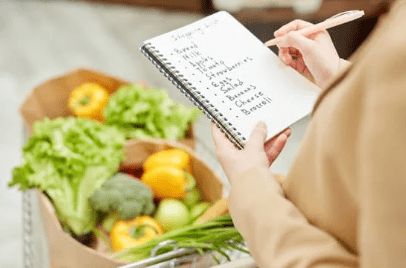
Look for low cost recipes
Low cost recipes doesn’t mean they have to be less tasty! There are several websites that provide low cost recipes. Some of our favourites include:
- First Steps Nutrition- Simple, cost-effective ideas for the whole family (PDF, 3.1MB)
- Better Health, Healthier Families meal mixer (opens in new tab)
- NHS Choices Healthy recipe section (opens in new tab)
- BBC Good Food (opens in new tab)

Compare the cost of your trolley
There are a number of apps and websites that allow you to compare food prices across the main supermarkets. You can also check prices on the supermarket websites before you visit. Examples of price comparison websites include:
Feed Your Family On A Budget- Shopping
Avoid shopping when you’re hungry
This might seem a strange tip, but research shows we’re more impulsive and buy more food when we’re hungry. We are also more likely to pick quick convenient options, and foods higher in fat, salt and sugar.
Buy foods in their whole form
Instead of buying pre- chopped foods, such as fruits and vegetables, buy them whole and prepare them yourself at home. This is because supermarkets tend to charge more for pre- prepared foods. A lot of foods could be chopped/ prepared at home and then frozen, to save you time when cooking at a later date. It’s also a great way to cut down on food waste. For example, you can freeze herbs, garlic, onion, ginger, fruits and vegetables.
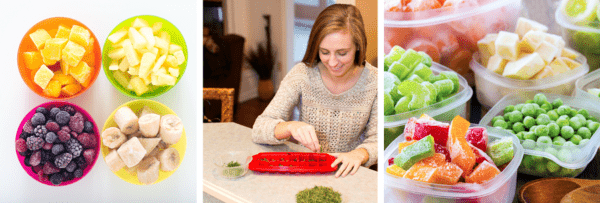
Buy frozen
Frozen fruits and vegetables are usually cheaper than fresh. They contain the same nutrients and are picked at their peak. Some frozen fruits and vegetables will come pre- prepared and ready to use.

Buy in bulk
If you can, buy store cupboard items, such as pasta, rice, lentils and other long life items, in bulk. This is often the cheapest way to buy them.
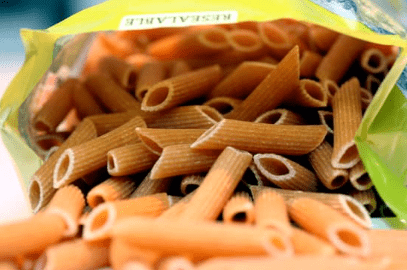
Budget brands
Compare the price of supermarket own brands with popular branded products and you’ll see a huge difference in price! While the price is cheaper, the taste, quality and nutritional value is usually the same. For example, supermarket own brand breakfast wheat biscuits cost £0.74 whereas the leading brand cost around £3.00.
Use the stoop- to- rise method
This may sound strange when shopping but look at the bottom and top of shelves for cheaper brands and supermarket own products. Brands pay supermarkets money to be placed at eye level so they catch our attention first.

Sign up for supermarket loyalty schemes
Supermarkets are all in competition with one another, and so they have to make sure they are competitively priced and offer their customers good deals. Many supermarkets have loyalty and points schemes and will send you money- off vouchers, discount coupons and special offers. Sign up today!
Be cautious of special offers and buy one get one free offers
Buy-one-get-one-free deals are there to incite us. Some special offers can actually be more expensive than products not on sale, so always check the original price to see if you’re getting a good deal.
End of day discounts
Look out for markdowns on perishables at the end of the shopping day, as you may be able to bag yourself a great saving! As a rough guide, the first discounts tend to appear mid-morning, with heavier discounts beginning early evening. Just make sure you use it before it’s use-by-date and it doesn’t go off sooner than expected. You may be able to freeze items and use them at a later date.

Feed Your Family On A Budget- In the Kitchen
Cook from scratch
Cooking at home is often much cheaper compared to buying convince meals and takeaway foods. If you enjoy eating out or having takeaways, you could try to cut back on the number you have. A nice alternative, is to create a ‘fakeaway’. Check out our fakeaway blog for recipe inspiration.

Avoid waste
According to NHS, the average family in the UK throws away around £60 of good food every month. Planning meals and sticking to your shopping list can help reduce waste, but if you notice items are getting close to their use-by date, freeze them!
Bread is one of the most wasted household foods items. Try freezing it, preferably in portions (for convenience) and when it’s at its freshest. Make sure you store it in a freezer bag to avoid freezer burn.
For more tips on reducing food waste, check out our blog ‘How to reduce food waste (opens in new tab)‘.
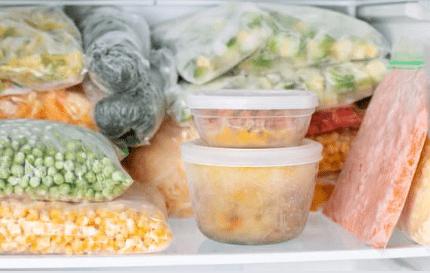
Have a meat/ fish free day/s
Try having some meat free days in the week, where you choose an alternative protein source, such as beans, lentils, pulses, tofu, soya etc. They’re usually much cheaper and contain lots of beneficial nutrients!
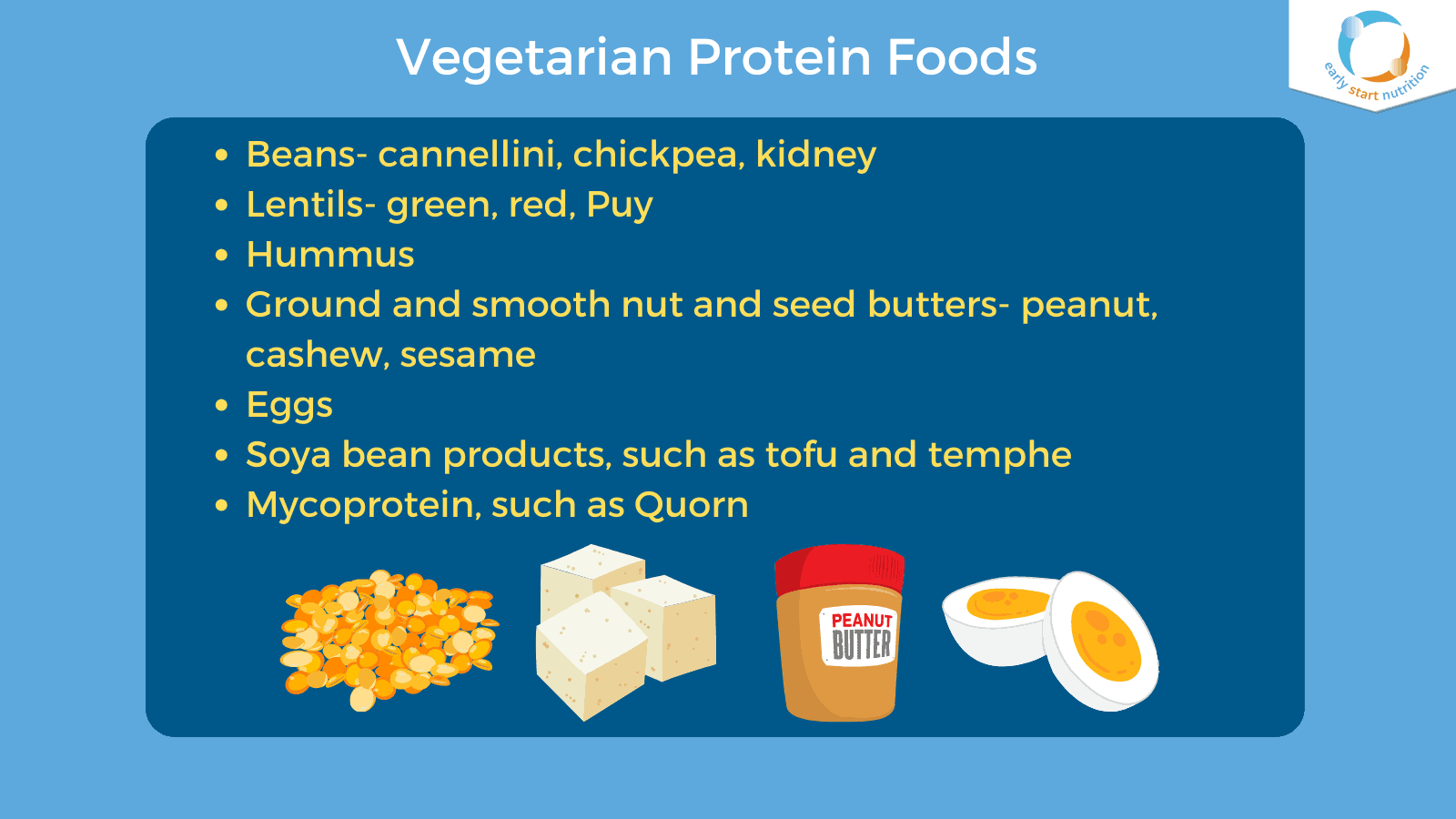
Buy cheaper cuts of meat
If you don’t mind spending a little more time cooking, try opting for cheaper cuts of meat, such as braising steak. Cooking these meats slowly will break down the fibre in them making them super tasty at a lower cost.

Save on energy
Energy bills have sky-rocketed in the last year, so it’s a good idea to consider your energy usage in your nursery kitchen.
- When boiling the kettle, try to only boil as much water as you need
- Switch off electrical appliances when not in use, such as kettles, toasters, microwave and cookers.
- If you have a dishwasher, wait until it’s full before switching it on.
- Cover pots and pans when cooking, to reduce heat loss and shorten cooking times.
- Preheat your oven to the manufacturer’s recommended setting, rather than turning it up to the highest setting and then adjusting before putting your food in.
- Consider investing in a large slow cooker as they’re a great alternative to the oven for stews, tagines and curries.
NHS Healthy Start Scheme
Find out if you qualify for the NHS Healthy Start Scheme (opens in new tab). This is a scheme that entitles some families to free vouchers every week to spend on cows milk, fruits, vegetables and vitamin drops for children.
Tip: The First Steps Nutrition Trust’s recipe book Simple, cost-effective ideas for the whole family (PDF, 3.1MB), uses ingredients that can be purchased with Healthy Start vouchers.
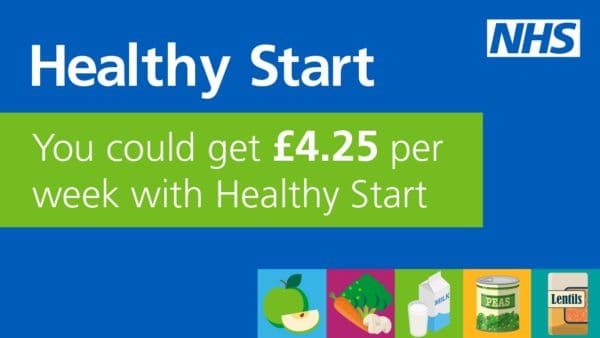
A note on formula milk
If you offer your baby formula milk, first infant formula is the only formula your baby needs (unless advised a health care professional).
Like the cost of food in general, you’ve probably noticed that the prices of formula milk has risen. Whilst all infant formula available on the UK market comply with the UK regulations, they vary widely in price. A higher price does not mean that it is better for your baby, it usually reflects the addition of non-essential ingredients and a higher spend on brand promotion.
For more information on suitable formula milks, visit the NHS website (opens in new tab).
Are you an Early Years setting?
We have lots of great tips on reducing the cost of your food shop for your Nursery or Childminding setting. Take a look at our blog Food Budgeting for Early Years settings (opens in new tab)

[…] How to Feed Your Kitchen on a Budget […]